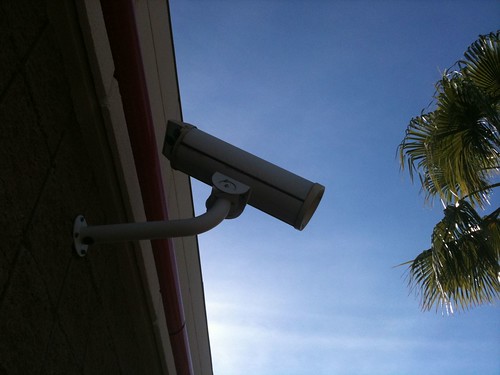
‘Missile Exercise’
courtesy of ‘mashleymorgan’
Gail Harris was assigned by the U.S. Navy to a combat intelligence job in 1973, becoming the first woman to hold such a position. When she retired at the end of 2001, she was the highest ranking African American female in the Navy; her career spanned 28 years of leadership in the intelligence community, from the Cold War to Desert Storm to Kosovo. Her last challenge was in developing policy for the Computer Network Defense and Computer Network Attack for the Department of Defense. She recently authored A Woman’s War: The Professional and Personal Journey of the Navy’s First African American Female Intelligence Officer and will be at a special program at the International Spy Museum tomorrow night at 6:30 p.m. She’ll share her unique experience and perspective in providing intelligence support to military operations while also battling the status quo, office bullies, and politics.
After the jump, a brief Q&A between the International Spy Museum and Gail Harris. Continue reading
